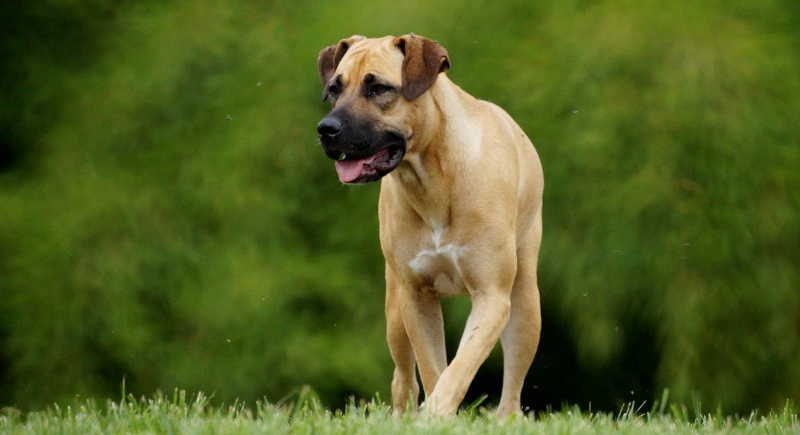Why Your Dog Always Spins in Circles Before Pooping
Dogs often perform a curious little ritual before doing their business: spinning in circles. You’ve probably noticed your dog turning two or three times before finally settling into position. It looks amusing, but there’s real science and instinct behind it.
Veterinarians and animal behaviorists have studied this routine for years, and their findings suggest that dogs are acting on ancient instincts. In the wild, circling helped flatten grass, check for danger, and choose a clean spot. Some research even points to magnetic sensitivity, with dogs aligning themselves along the Earth’s north-south axis before relieving themselves.
Old Instincts in Modern Dogs

Image via Pexels/CESAR A RAMIREZ VALLEJO TRAPHITHO
Animal behaviorists like Dr. Mary Burch and Dr. Gary Richter believe that circling before pooping has deep evolutionary roots. Wild dogs and wolves often lived outdoors, where flattening tall grass or rough soil made for a cleaner, safer place to relieve themselves. Circling also allowed them to check for insects, snakes, or hidden predators before entering a vulnerable position. Even though your dog now has a fenced backyard and a cozy bed, those instincts haven’t disappeared.
This spinning can also be comforting. Much like the way dogs turn before lying down, they may be adjusting the ground to make it feel right under their paws. It’s their version of fluffing the pillows before resting, a small ritual to get comfortable and stay alert. Some behaviorists say this habit also helps them face the direction where they feel safest while keeping watch over what’s around them.
Scent Signals and Social Clues
Dogs have scent glands on their paws and near their rear that release odors unique to each animal. When they spin or scratch the ground before or after pooping, they’re leaving behind a scent marker that tells other dogs they were there.
Those smells carry a surprising amount of information. Other dogs can learn who passed by, how recently, and even pick up clues about their health or stress level. It’s an old form of communication, a natural social network built on scent rather than sound. That’s also why some dogs take their time choosing a spot—they’re reading messages left by others and deciding where theirs should go.
Magnetism and the North-South Mystery

Image via iStockphoto/Francisco Franco
One of the most surprising discoveries came from a 2013 study in the Czech Republic and Germany. Researchers observed 70 dogs across 37 breeds over two years, recording nearly 1,900 poops and more than 5,500 pees. The data revealed that dogs preferred to align themselves along the Earth’s north-south magnetic axis when pooping.
The pattern held only when the magnetic field was stable. During geomagnetic disturbances or “magnetic storms,” dogs lost their orientation and faced random directions. This magnetic sensitivity, called magnetoreception, is common in many animals, including whales, dolphins, and migratory birds. Scientists suggest that dogs inherited this trait from their wolf ancestors, who may have used it for navigation. While domestic dogs no longer need it to travel, it might still offer a subtle sense of comfort or alignment.
When Spinning Signals Trouble
Most of the time, this pre-poop spin is harmless and even healthy. Walking and turning can help stimulate the bowels, especially for dogs that require a little extra movement to initiate bowel movements. However, excessive spinning without results could point to constipation or discomfort. If your dog repeatedly tries to go but can’t, or shows signs of straining, it’s time for a veterinary checkup.